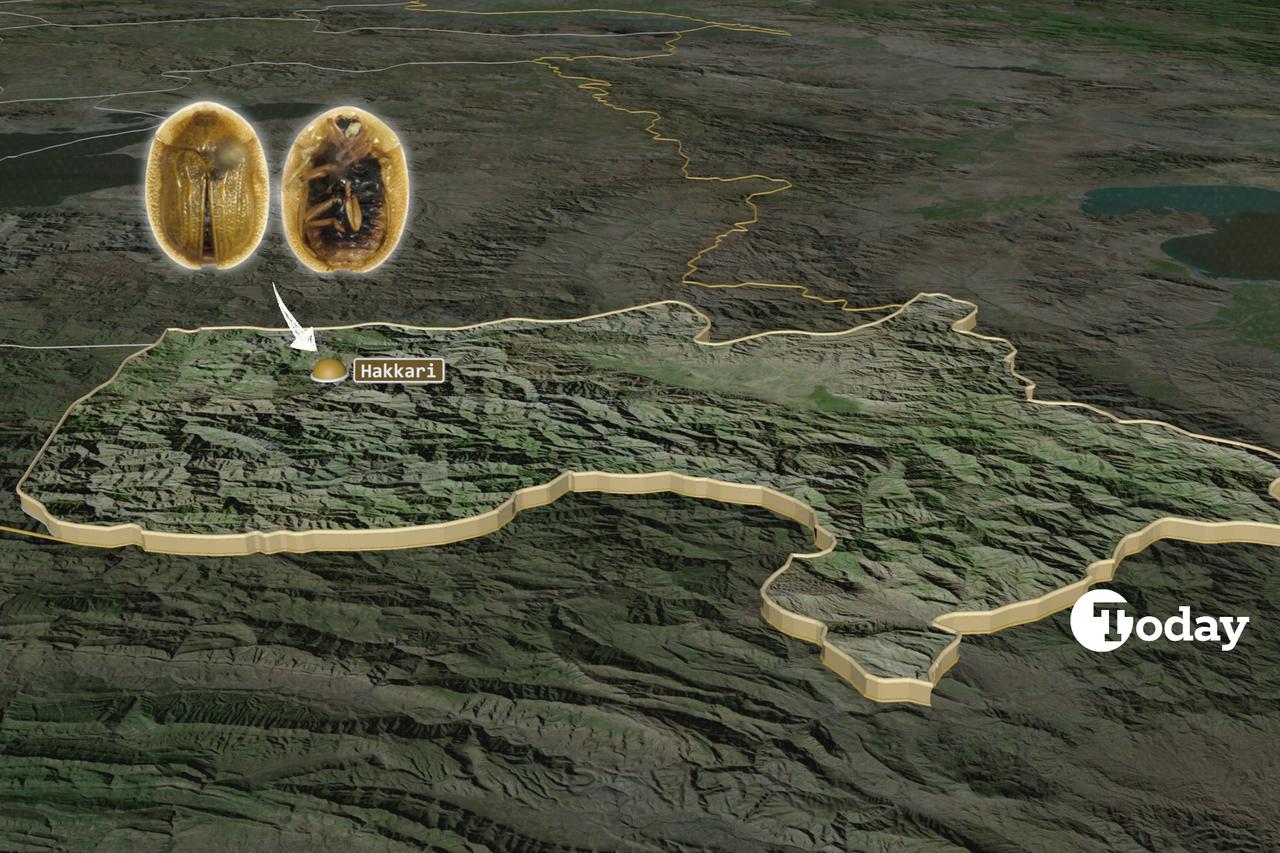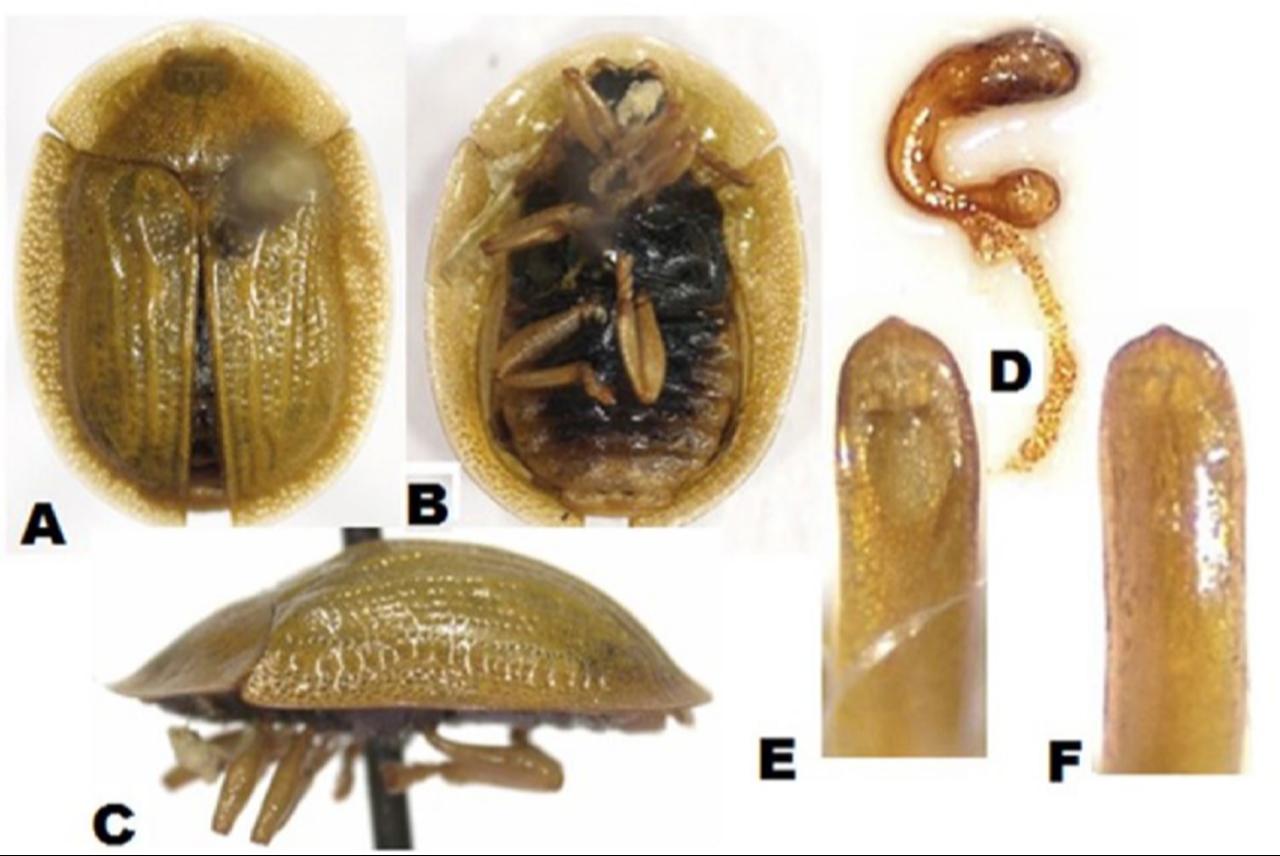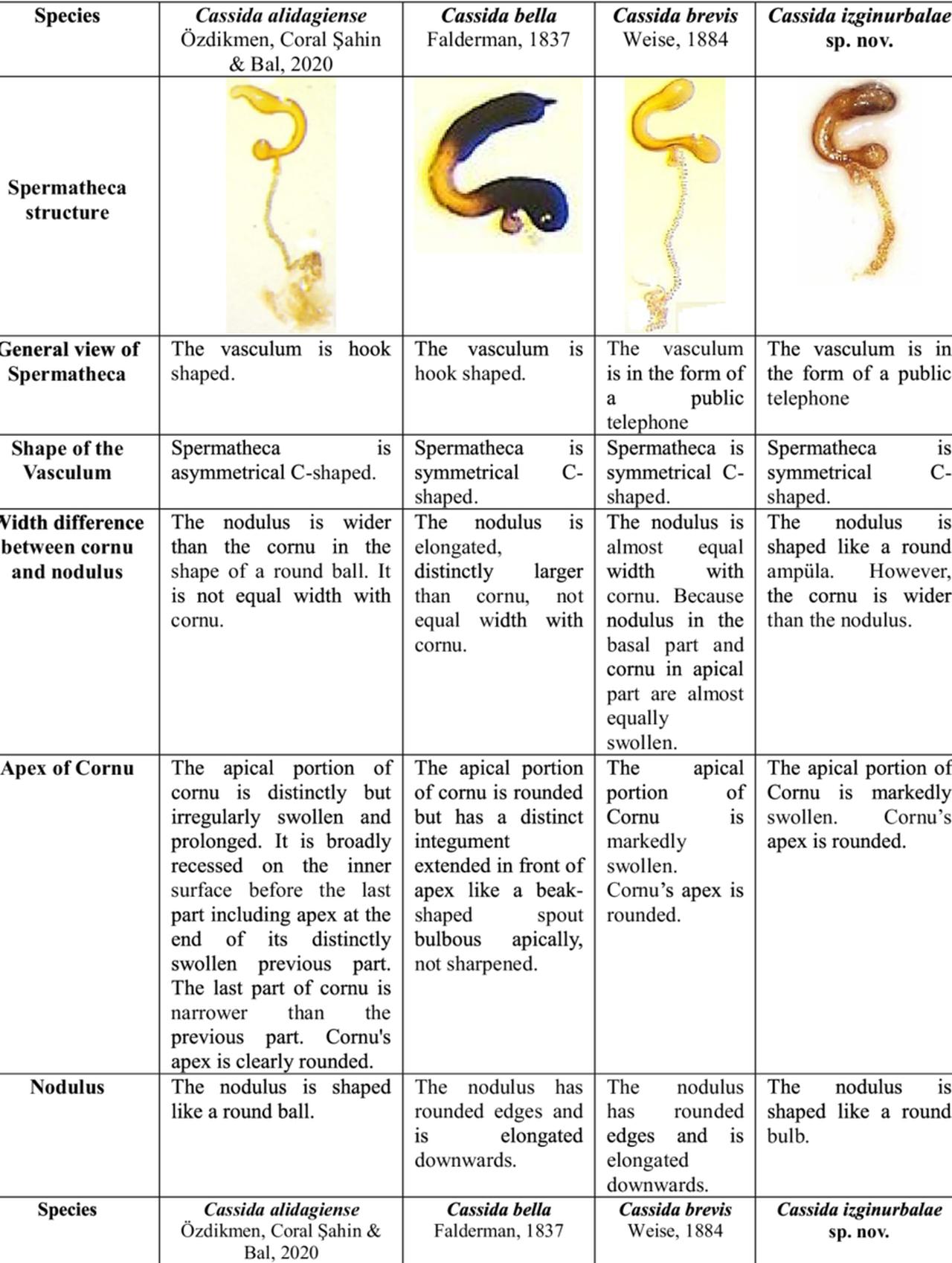
A team of entomologists have identified a new species of tortoise beetle in the rugged mountains of Türkiye’s Hakkari province, adding a fresh entry to the country’s rich biodiversity catalogue. The species, named Cassida izginurbalae, was described after researchers collected specimens during fieldwork aimed at monitoring local weed-feeding insects.

The beetle was first spotted in the Semdinli district of Hakkari, close to the border regions where steep valleys and isolated habitats often host unique species. Researchers noticed unusual feeding marks on Salvia verticillata, a common weed, and later confirmed that the traces belonged to an unrecognised member of the Cassida genus.
According to the study’s authors, the beetle differs from its closest relatives through the shape of its reproductive organs, especially the spermatheca, which is a key structure used in identifying species within this family.
The research team compared the new beetle with several species found across Türkiye and neighbouring regions, including Cassida brevis, Cassida bella and Cassida alidagiense. They concluded that Cassida izginurbalae can be distinguished by its yellow-ochre body, rounded features, and a uniquely shaped spermatheca that resembles an old public telephone — a form that does not appear in related species.
The study notes that diagnostic comparisons focused on body colour, elytral punctures, claw structure and reproductive morphology, all of which confirmed that the Hakkari specimens represent a species previously unknown to science.

So far, the species has only been documented in a single locality in Semdinli, making it an endemic element of Türkiye’s fauna. The authors highlight that the high-altitude valleys of Eastern Anatolia act as a natural refuge for both plants and insects, helping lineages diversify over millions of years.
They add that geological movements, dramatic climate shifts, and migration waves from Europe, Asia and the Middle East have long turned Anatolia into a hotspot of species formation. This new beetle, they suggest, extends that long evolutionary story.
Cassidinae, the tortoise-beetle subfamily, includes thousands of species worldwide but remains relatively understudied in parts of the Middle East.
Until now, only one species in this group had been recorded in Hakkari. With this latest discovery, the province now hosts two known Cassidinae members.
The researchers hope their diagnostic key — a guide they created to separate Cassida species — will support future surveys across Türkiye and neighbouring regions.